The content of the article
Black elderberry (S. nigra) has been used by man in the medicinal and food industry since time immemorial. Sambucus nigra - shrub with whitish-yellow flowers, ash-gray bark, can reach two to five meters. The leaves are opposite, elongated. In the non-chernozem zone flowering in June. The fruits are gathered in the period of absolute ripeness (as a rule, at the end of August - the beginning of September), when they become black and purple and become juicy, sour-sweet. Fruits are round in shape, 0.4 cm in diameter, weight less than a gram, and dark red red berries. 1-3 kg of berries can be harvested from one fruitful bush of a cultured tree black elderberry.
Shade-tolerant crop needs fertile soils. The roots are located close to the surface of the earth, they are tender and fragile. Elderberry is a thermophilic culture.
The fruits of this plant are used for cooking jams, jams, jellies, marshmallows, wines, as they, unlike other members of this family, are edible. However, their use is limited, and only ripe berries are added to food. Ripened fruit is safe, but in all you need to know when to stop.
Leaflets and inflorescences can be used when brewing tea. Branches and leaves are poured with marinade and rolled into jars, then used as a separate dish.
Elderberry Breeding Methods
Propagated by seeds, stems, rhizomes, processes, layering, by scion, brown, oblate seeds sprout a year after sowing. For spring sowing, they need stratification for 2-4 months on the lower shelf of the refrigerator at a temperature of 2-30 C.
The most effective way to breed black elderberry is to graft its green parts. Prepared in June from the upper parts of the stems and leaves. The leaves at the top are preserved, the lower ones are cut, and the petioles are removed. Roots sprinkled with sand and peat. The latter are taken in equal proportion. The formation of the roots of green elderberry cuttings at a humidity of 80% takes between 20 and 30 days. Caring for cuttings is usual: loosening, weeding, watering, feeding. Elderberry is a very delicate plant, when extracting the roots from the soil of the inflorescence it withers quickly.It is better to choose a seedling with a woody escape (shtamb) and fresh root dipped in a clay mash or planted in a peat pot (autumn), and with green buds (spring).
Historical information
From time immemorial, people began to use black elderberry sprouts along with other herbs, such as nettle, as food. It is these parts of the plant that are endowed with a diuretic and anti-dyspeptic effect. Apparently the latter allowed the use of these properties in the interests of medicine.
Elderberry berries insisted for several months. The resulting juice served as raw materials for the manufacture of strong alcoholic beverages (wine, vodka). Then in the wine and vodka industry began to use other parts of the plant. The juice of the berries was a dye and natural flavor.
Black elderberry coloring pigments have learned how to apply in the textile industry. Mixing the fruits of elderberry with copper, dyed cotton and silk products. This combination gave the fabric a black color. Elderberry was a good material for ink (alum was added to the latter).The depth of the eyes, the oval of the face, was emphasized by coloring the brows with the elder.
Also, the elder used to make soft drinks (tea, compote), which has not lost its value in our time. So, in the Saransk region, the village old-timers still brew tea with elderberries when signs of cold appear.
Elderberry berries used in the fight against insects - pests of agriculture. They put in the cellars, as protection from "intruders".
Black elderberry properties
It has long been known about the phytoncidal properties of black elderberry. Where it grows next to fruit and berry trees and shrubs, there are not many garden pests (stalks, moths, weevils, moth caterpillars, aphids, bud mites, etc.), for the specific elder smell frightens off insects.
Sambucus nigra is a unique plant, a storehouse of nutrients, a powerful source of healing properties. The blossoms and buds of the elderberry are rich in essential oils and acids (valeric, acetic, malic). The green parts of the plant and bark contain tar, the latter cause a laxative effect.Therefore, they are used for chronic obstipation (constipation).
Berries - a component of anti-inflammatory fillings and infusions. This plant is suitable for the treatment of headaches, colds and infectious diseases, diseases of the joints, asthma, certain diseases of the respiratory tract and gastrointestinal tract due to diaphoretic, laxative, emetic effect. Often used as a preventive measure.
In the old days in Russia, with the help of water tincture of elderberry they got rid of pigmentation, small scars, and superficial skin defects. Broth flowers washed eyes for inflammation of the conjunctiva.
Products containing black elder, strengthen the immune system, increase the body's defenses. They have a positive effect on the skin, improve turgor (elasticity), even out skin color, give a healthy tone, which is an indicator of harmony and balance of the body.
The main substances present in the elderberry
All the features of the black elderberry are associated with the rich content of nutrients in the fruits, which are necessary for normal life activity. These include:
- Saponins;
- Vitamin C;
- Vitamin A;
- Lemon acid;
- Acetic acid;
- Glucose;
- Tannins;
- Rutin;
- Essential oils;
- Choline.
The most useful of the above components are:
- In the roots - saponins, which have expectorant (dilute sputum and contribute to its removal from the lungs), diuretic (increase diuresis), tonic (increase the level of active work of the body), sedative (to work the brain) properties.
- In inflorescences - terpenes, giving a fragrant aroma. Also, carotene, which causes the yellow shade of flowers and is a cofactor A. Vitamin A (retinal) participates in the work of the visual analyzer, neutralizes antioxidant from active oxygen forms.
- In fruits - anthocyanins provide resistance to inflammatory processes, normalize the work of the intestine. Tyrosine contributes to the production of melanin, which is necessary for the functioning of the endocrine glands, which produce hormones and other secrets.
- The roots, fruits, bark are rich in tanning substances, endowed with anti-diarrheal, anti-hemorrhoidal effects.
The positive effect of the substances described is realized precisely in the complex, that is, provitamin A is necessary for the manifestation of the potentiating action of vitamin A, and for the participation of choline in reactions directed to the transmission of nerve impulses, tyrosine is needed.
The effect of black elderberry on the body is comparable to the effects of the parasympathetic system:
- Stimulation of the glands of the stomach;
- Decrease in excitability, myocardial conductivity (cardiac muscle);
- Negative inotropic effect (decrease in heart rate).
Contraindications
The use of black elderberry should be approached consciously, since the use of low-quality raw materials can lead to serious consequences and even death. Since the immature forms of the plant contain sambunigrin - a highly toxic compound, the decomposition of which splits off cyanide, which inhibits the work of the central nervous system.
Black elderberry preparations are not acceptable for benign neoplastic diseases (benign prostatic hyperplasia). Berries, inflorescences, less often roots, leaves, working with other diseases, are powerless here. You should not use the plant and with suspected cancer, since the toxic effect on the central nervous system may increase.
The use of black elderberry is justified only as an additional treatment of the underlying disease (for example, inflammation of the hair follicle — furuncle, etc.) and in the prevention of the common cold.Independent, uncontrolled use of the constituent parts of this plant is associated with negative effects, such as:
- nausea, vomiting;
- increased sugar levels;
- lowering blood pressure;
- possible development of shortness of breath, changes in the blood picture in general and biochemical analyzes.
The absolute contraindication to the appointment and / or use of extracts containing elderberry is diabetes, any form of chronic diseases. When using Sambucus nigra, it is important to consult a specialist.
Recipes
- Drugs based on Sambucus nigra are effective for acute respiratory viral infections, as they increase perspiration and have an antipyretic effect. To combat colds at home apply extract of inflorescences (20 grams). The last pour 200 ml of hot water, bring to a boil. Cook for 25 minutes on low heat. After removing the broth from the stove, it is cooled, filtered. Eat twice a day, ten minutes before a meal.
- For the treatment of suitable and extract of elderberry. 20 grams of flowers pour 200 ml of boiling water for 10 minutes. Before use, add honey.And so on 100 ml twice a day.
- Dried ingredients (shoots and fruits) are crushed, steamed in 200 ml of water for 20 minutes. Strain and take 40 ml (pre-heated) every four hours, shortly before eating. Infusion has a choleretic effect.
- 5 g of dried elderberry berries are poured with 150 ml of water (after boiling and cooling), they insist all day or all night, filter. The resulting infusion is warmed up before use. Take once a day. Elderberry extract is endowed with a laxative effect.
- In inflammatory diseases of the skin and subcutaneous tissue (hemorrhoids, boils, diaper rash, burns - stage I) used poultices from elderberry leaves. To do this, young leaves (40 grams) are boiled in milk. The resulting mass is put in a rag napkin and brought to the site of injury. For gouty arthritis and rheumatism, treatment can be supplemented with a pith of elderberry flowers.
- 20 grams of dried flowers are poured with a glass of water, sent to the stove to a boil, boiled for about 25 minutes, cooled for 45 minutes. Then filtered, squeezed and bring cold boiled water to the volume of the glass. Drink 60-120 ml of the contents 2-3 times a day before meals.
- Rheumatism, urolithiasis can be treated with a bath with an extract of elderberry. Elder leaves and milled roots (10 grams each) dry up 1 liter of boiling water, leave for 100-120 minutes, pour the liquid part into a separate container. Add the contents to a bath with a water temperature close to the normal temperature of the human body. Take such baths should be daily before bedtime. The duration of the procedure is 15 minutes. The course of treatment is 10-14 days.
- A black elderberry bobber improves the functioning of the urinary organs. Prepared from the dried blossoms of elderberry, Hypericum perforatum, also add chamomile pharmacy, in general, for each component accounts for 7 grams. Next, a mixture of dry plants is combined with 200 ml of boiling water, boiled in a water bath for a quarter of an hour. The resulting broth must be cooled, filtered, add boiled water at room temperature, so that the volume of the solution was one fifth of a liter. Drink all the contents before bed.
Caution! Black elderberry poisoning is accompanied by the development of dyspeptic syndrome. Immature, unprocessed shoots are generally poisonous and unsuitable for use.Women in the period of lactation, children under sixteen years old, people with pathologies of the gastrointestinal tract (enterocolitis, malabsorption syndrome, all types of gastritis, etc.) - the use of funds based on flowers, the roots of the shoots of this plant is absolutely contraindicated.
Video: medicinal properties of elderberry black


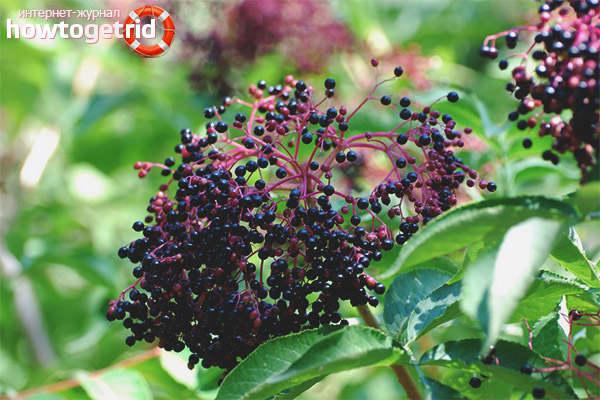
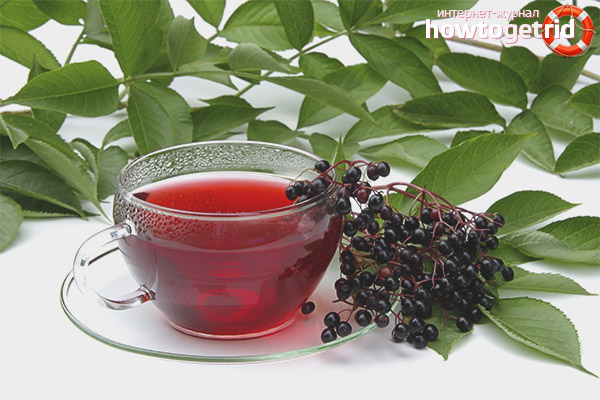


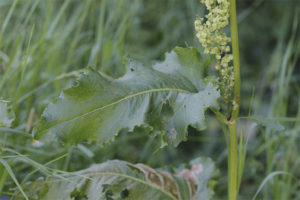
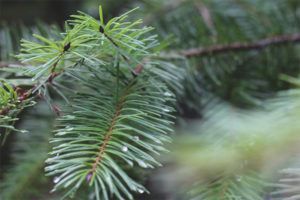
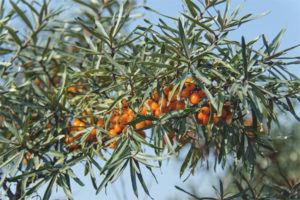

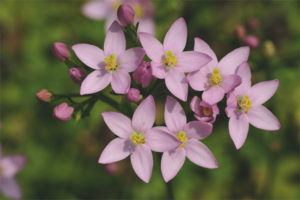
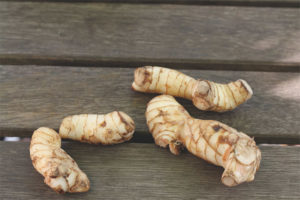
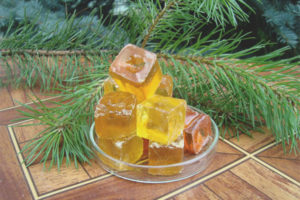
To send